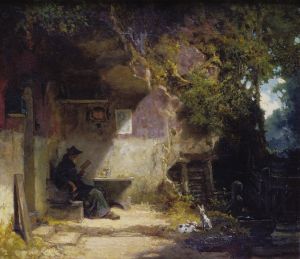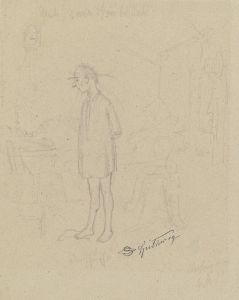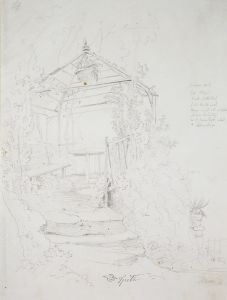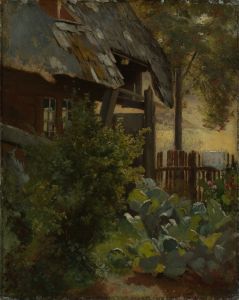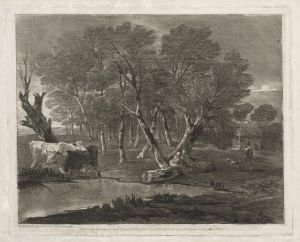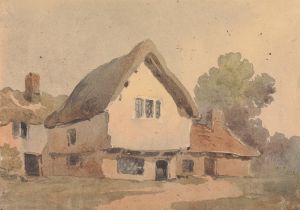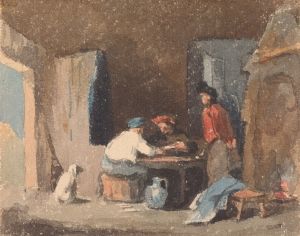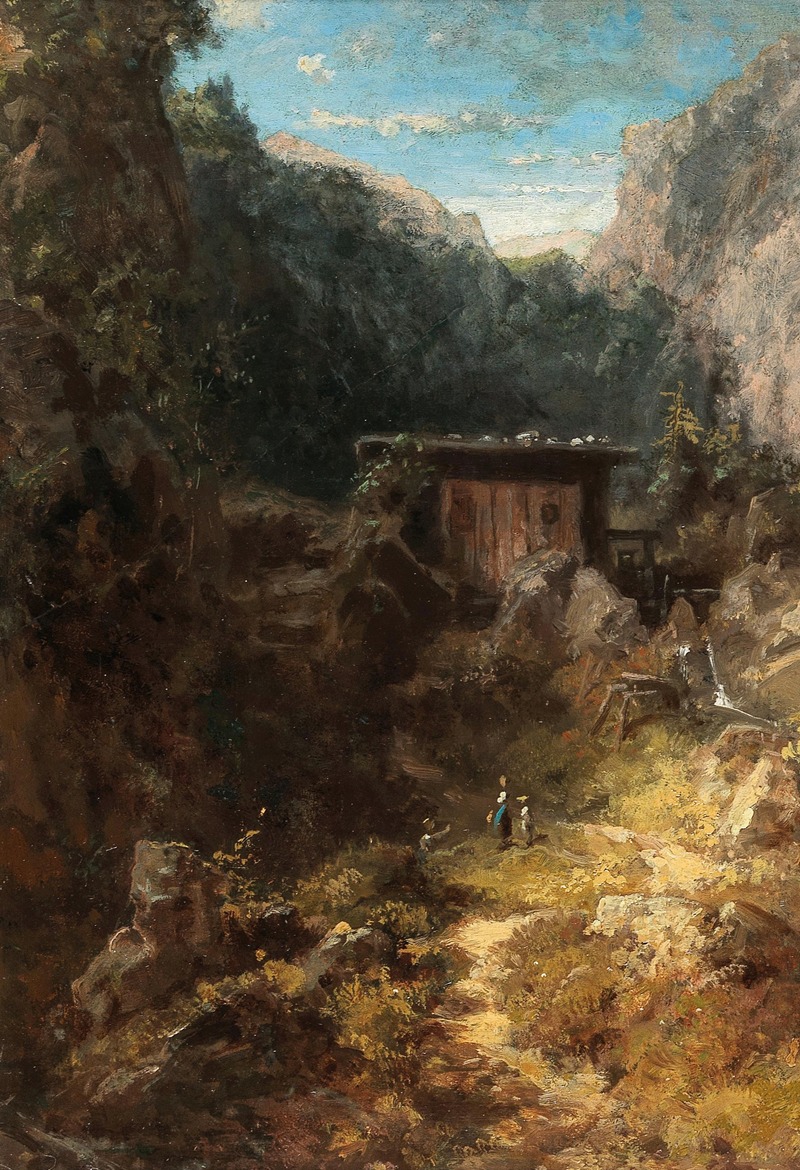
Mountain mill
A hand-painted replica of Carl Spitzweg’s masterpiece Mountain mill, meticulously crafted by professional artists to capture the true essence of the original. Each piece is created with museum-quality canvas and rare mineral pigments, carefully painted by experienced artists with delicate brushstrokes and rich, layered colors to perfectly recreate the texture of the original artwork. Unlike machine-printed reproductions, this hand-painted version brings the painting to life, infused with the artist’s emotions and skill in every stroke. Whether for personal collection or home decoration, it instantly elevates the artistic atmosphere of any space.
Carl Spitzweg was a renowned German painter of the 19th century, celebrated for his contribution to the Biedermeier period, a time characterized by a focus on the middle class and a penchant for depicting everyday life with a touch of romanticism and humor. Spitzweg's works often capture the quaint and whimsical aspects of life, and he is particularly known for his ability to infuse charm and narrative into his paintings.
"Mountain Mill" is one of Spitzweg's lesser-known works, and unfortunately, there is limited detailed information available about this specific painting. However, we can infer certain aspects based on Spitzweg's typical style and thematic interests.
Spitzweg often painted scenes that depicted idyllic landscapes, small towns, and the serene beauty of nature, frequently incorporating elements of romanticism. His works are characterized by their meticulous attention to detail and the use of warm, inviting colors. Spitzweg had a unique ability to portray the quiet, often humorous moments of everyday life, and his paintings frequently include characters engaged in mundane activities, set against picturesque backdrops.
In "Mountain Mill," it is likely that Spitzweg continued this tradition, possibly depicting a mill set in a mountainous landscape. Mills were common subjects in 19th-century art, symbolizing industry and the harmonious relationship between humans and nature. Spitzweg's depiction would likely have included a detailed and atmospheric portrayal of the mill, nestled within a lush, mountainous setting. The painting might have captured the interplay of light and shadow, a hallmark of Spitzweg's work, creating a sense of depth and tranquility.
Spitzweg's paintings often reflect a narrative quality, suggesting stories or capturing moments in time. In "Mountain Mill," one might expect to see figures engaged in daily activities, perhaps mill workers or villagers, contributing to the painting's storytelling aspect. Spitzweg's ability to imbue his scenes with a sense of life and movement would likely be evident in this work as well.
While specific details about "Mountain Mill" are scarce, understanding Spitzweg's broader body of work allows us to appreciate the potential themes and stylistic elements present in the painting. His art often serves as a window into the 19th-century German bourgeoisie, capturing the essence of a time when the simplicity of rural life and the beauty of nature were celebrated.
In summary, while detailed information about "Mountain Mill" by Carl Spitzweg is limited, the painting can be appreciated within the context of Spitzweg's overall artistic oeuvre. His works are cherished for their charm, attention to detail, and ability to convey the beauty and humor of everyday life, qualities that "Mountain Mill" likely embodies.










